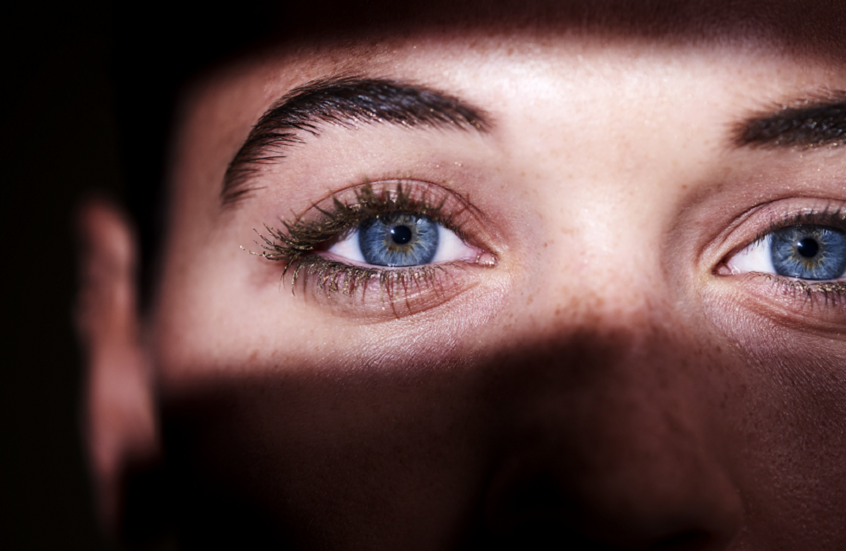Blue Eyes.. The Secret of Beauty That Hides an Optical Illusion

Eyes are one of the most prominent features that attract attention when meeting others, and the blue color is surrounded by a great deal of magic and fascination. However, behind this captivating beauty lies a scientific fact that may surprise many: blue eyes are actually not blue at all.
According to scientists, the iris does not contain any blue pigment; rather, the color we see is the result of an optical phenomenon known as the "Tyndall effect," which is the same effect that makes the sky and the sea appear blue despite their transparency. This occurs when the shorter wavelengths of light – such as blue – are scattered more clearly within the eye.
Dr. Davinia Beaver from Bond University in Australia explains that brown eyes appear dark because they contain a high concentration of the pigment melanin that absorbs light, while in blue eyes, melanin is almost absent, allowing the shorter wavelengths to dominate the scene.
As for green eyes, they result from a medium level of melanin, while hazel eyes reveal an uneven distribution of melanin, giving them a changing appearance that varies depending on the lighting, creating a unique color palette each time.